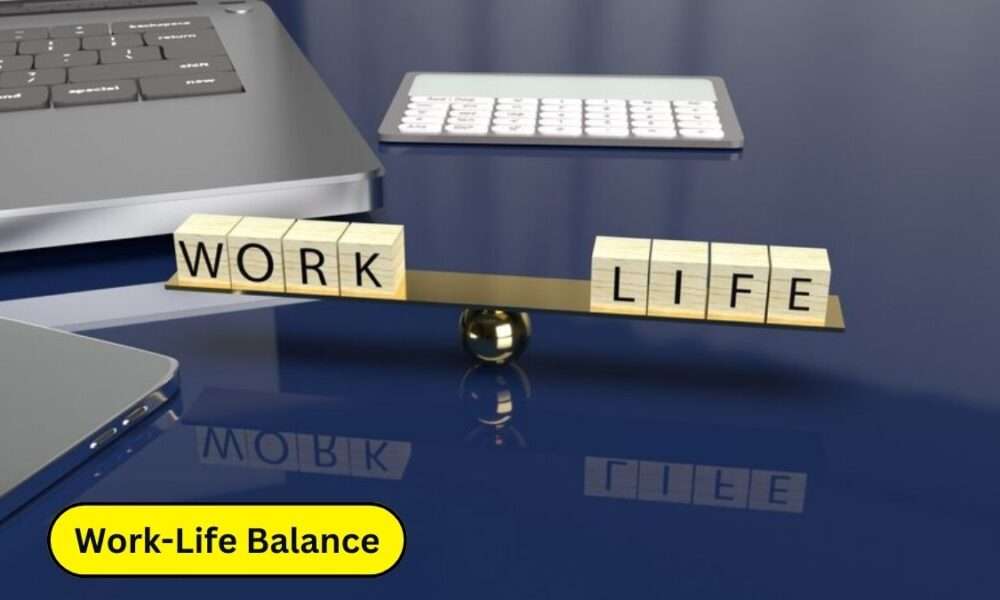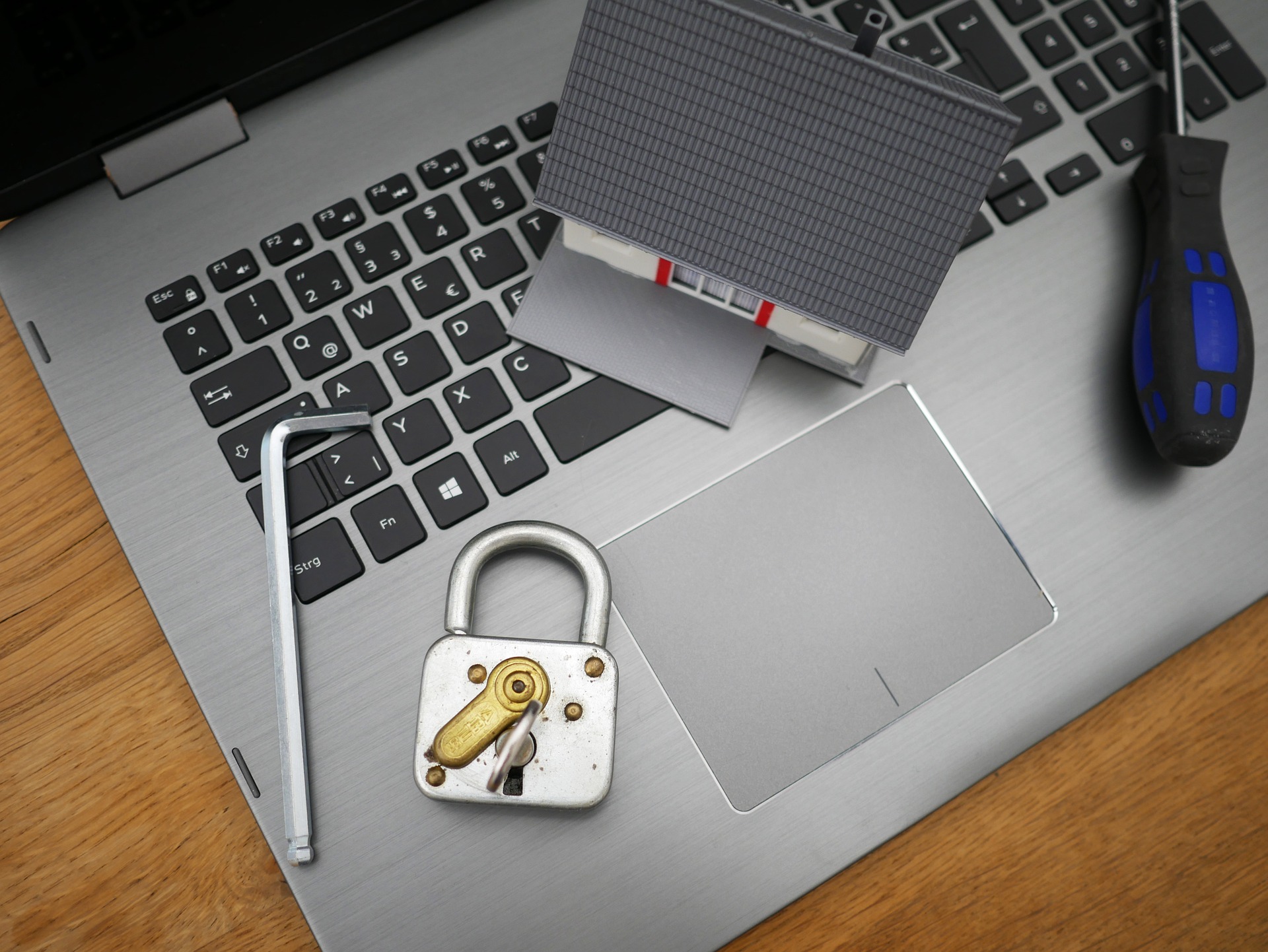Achieving a work-life balance is like walking a tightrope between personal and professional commitments. In today’s fast-paced world, finding harmony can be challenging but is crucial for overall well-being. Let’s delve into the ultimate guide that will help you navigate the delicate art of balancing work and life.
Definition of Work-Life Balance
Work-life balance refers to the equilibrium between the time and effort spent on professional responsibilities and personal life. It’s about juggling career aspirations with personal passions, family commitments, and self-care.
Importance of Work-Life Balance
Maintaining a healthy work-life balance is essential for mental, emotional, and physical well-being. It not only reduces stress but also enhances overall productivity, job satisfaction, and personal happiness.
Understanding Priorities
Identifying Core Values
Start by identifying your core values—the principles and beliefs that matter most to you. Understanding these values forms the foundation for creating a life that aligns with your priorities.
Setting Personal and Professional Goals
Establish clear goals for both your personal and professional lives. This step provides direction and purpose, helping you allocate time and energy more effectively.
Time Management Techniques
Prioritizing Tasks
Learn to prioritize tasks based on urgency and importance. This allows you to focus on what truly matters and prevents you from feeling overwhelmed by a never-ending to-do list.
Time-blocking strategies
Implement time-blocking techniques to allocate specific time slots for different activities. This method enhances focus and prevents distractions, ensuring a more productive workday.
Effective Communication
Communication at Work
Clear and effective communication is vital in a professional setting. Establish open lines of communication with colleagues, superiors, and subordinates to foster a positive work environment.
Nurturing Personal Relationships
Equally important is effective communication in personal relationships. Taking the time to connect with loved ones strengthens your support system, making it easier to navigate challenges.
The Role of Technology
Utilizing Technology Wisely
While technology is a powerful tool, it can also be a source of stress. Use technology wisely, leveraging it to enhance productivity without becoming enslaved to constant notifications.
Establishing Digital Boundaries
Set clear boundaries for digital usage, both at work and in your personal life. This helps in maintaining focus during work hours and ensures quality time spent with family and friends.
Mindfulness and Well-being
Incorporating Mindful Practices
Mindfulness practices, such as meditation and deep breathing, contribute to mental well-being. Integrate these practices into your daily routine to alleviate stress and enhance focus.
Balancing Physical and Mental Health
Physical health is closely linked to mental well-being. Regular exercise and a balanced diet not only improve physical health but also positively impact your mental state.
Flexibility and Adaptability
Embracing Change
The ability to adapt to change is a key component of work-life balance. Embrace change as an opportunity for growth rather than viewing it as a disruption.
The Importance of Flexibility
Being flexible in your approach to both work and personal life allows for easier navigation of unexpected challenges. Flexibility fosters resilience and reduces the impact of stressors.
Setting Boundaries
Saying No When Necessary
Learn to say no when additional commitments threaten to tip the balance. Setting boundaries is essential for preventing burnout and maintaining a sustainable work-life equilibrium.
Creating Healthy Boundaries
Establish clear boundaries in both professional and personal spheres. This includes delineating work hours and personal time and ensuring that each aspect of your life has its designated space.
Evaluating and Adjusting
Regularly Assessing Work-Life Balance
Regularly assess your work-life balance to identify areas that need adjustment. This ongoing evaluation allows for continuous improvement and ensures that you stay aligned with your priorities.
Making the necessary adjustments
Be willing to make adjustments to your routine and commitments as needed. Flexibility in adapting to changing circumstances is a key factor in maintaining a healthy balance.
Work-Life Integration
Finding Harmony
Rather than viewing work and life as separate entities, aim for integration. Find ways to incorporate personal aspects into your professional life and vice versa, creating a more holistic and fulfilling experience.
Breaking down Silos
Breaking down the silos between work and personal life fosters a more cohesive and enjoyable existence. Integration allows for a seamless flow between the two, reducing the stress of compartmentalization.
Success Stories
Real-life Experiences
Learn from the experiences of individuals who have successfully achieved work-life balance. Their stories serve as inspiration and provide practical insights for implementing similar strategies in your own life.
Learning’s from Achievers
Explore the common traits and practices of high achievers who have excelled in both their professional and personal lives. Extract valuable lessons that can be applied to your own journey.
Overcoming Challenges
Common Obstacles
Identify and address common obstacles that hinder work-life balance. Recognizing these challenges is the first step toward overcoming them.
Strategies to Overcome Challenges
Equip yourself with practical strategies to overcome challenges. Whether it’s managing time constraints or handling work-related stress, having effective tools at your disposal enhances resilience.
Support Systems
Building a Supportive Network
Surround yourself with a supportive network of friends, family, and colleagues. Having a strong support system provides encouragement during challenging times.
Seeking Professional Help if Needed
If work-life balance seems elusive, consider seeking professional guidance. Therapists, career counselors, and life coaches can offer personalized strategies to help you navigate difficulties.
The Impact of Work-Life Balance on Productivity
Improved Job Performance
A balanced life positively influences job performance. Employees who achieve work-life balance tend to be more focused, creative, and resilient, leading to improved overall productivity.
Enhanced Personal Well-being
Beyond the workplace, a balanced life contributes to enhanced personal well-being. Improved mental and physical health, along with satisfying personal relationships, create a fulfilling and meaningful life.
Conclusion
In the pursuit of work-life balance, remember that it’s an ongoing journey rather than a destination. By implementing the strategies discussed in this guide and remaining adaptable to change, you can create a life that harmoniously integrates work and personal fulfillment.
FAQs
How long does it take to achieve work-life balance?
Achieving work-life balance is a continuous process that varies for each individual. It requires ongoing effort and adjustments.
Are there specific industries where work-life balance is more attainable?
While work-life balance is achievable in any industry, certain sectors may have more flexible cultures that support it.
Can work-life balance improve job satisfaction?
Yes, maintaining a healthy work-life balance is often linked to higher job satisfaction and overall well-being.
Is it possible to achieve work-life balance while climbing the career ladder?
Yes, with careful planning and prioritization, it’s possible to advance in your career while maintaining a healthy work-life balance.
How can technology be a hindrance to work-life balance?
Constant connectivity and notifications can blur the boundaries between work and personal life, leading to increased stress and burnout.
Read More: Techburneh.com










